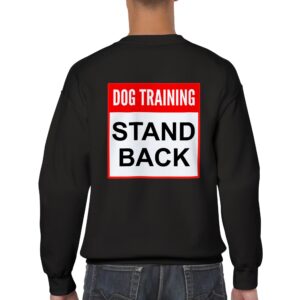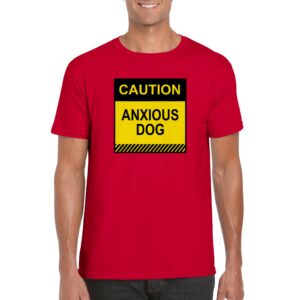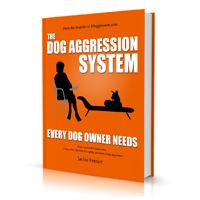Your cart is currently empty!
POSSESSIVE AGGRESSION
Possessive aggression can be seen in dogs that do not relinquish toys or objects to owners without some kind of conflict. For example, if the owner tries to take the object the dog growls. Often the dog will present the object for play, and then strike when the owner reaches for the object. They may solicit attention and then respond to the attention with a challenge.
If this kind of behavior occurs in isolation, in other words, there are no other displays of aggression, the behavior should be evaluated by an expert who can look for signs of anxiety or other issues that indicate the dog is not eitrely “normal”. Some dogs engage in “growly” play, and this may be part of a play sequence. However, it is a mistake to make this assumption, and if there are any other issues, then the utmost care should be taken with possessions.
One strategy is to teach the dog to drop and leave a possession in exchange for a higher value reward to avoid direct power struggles.
This aggression type may be part of a control complex that can include other kinds of aggression such as owner-directed aggression (previously more commonly known as dominance aggression), territorial aggression, etc.
**Aggression categories compiled from:
Clinical Behavioral Medicine for Small Animals, Karen L. Overall, M.A., V.M.D., Ph.D. Diplomate, American College of Veterinary Behavior, Department of Clinical Studies, School of Veterinary Medicine, University of Pennsylvania, Philadelphia. Pennsylvania, Mosby, Inc. 1997
The Dog Who Loved Too Much: Tales, Treatments, and the Psychology of Dogs, Dr. Nicolas Dodman, BVMS, MRCVS, Bantom Books, 1997
ADVERTISEMENT

Keep people away with our Stand back shirts

Anxious Dog Shirts only available in our shop

